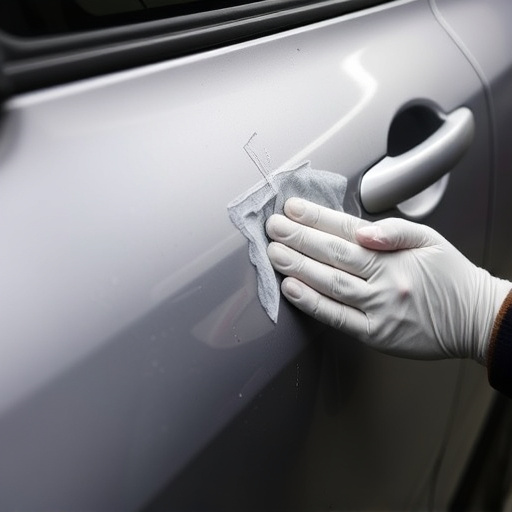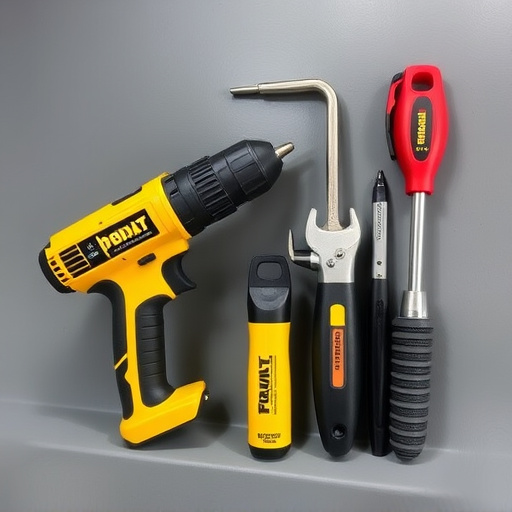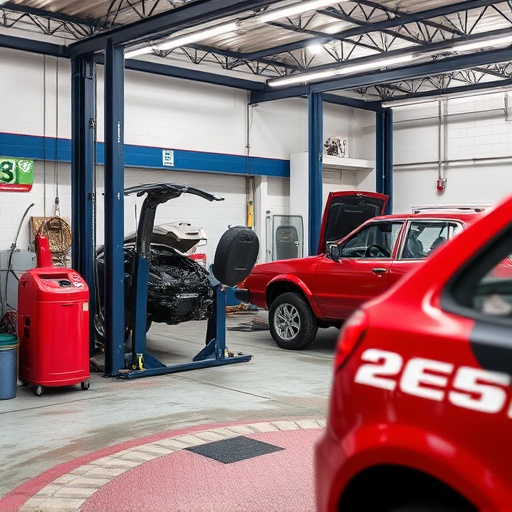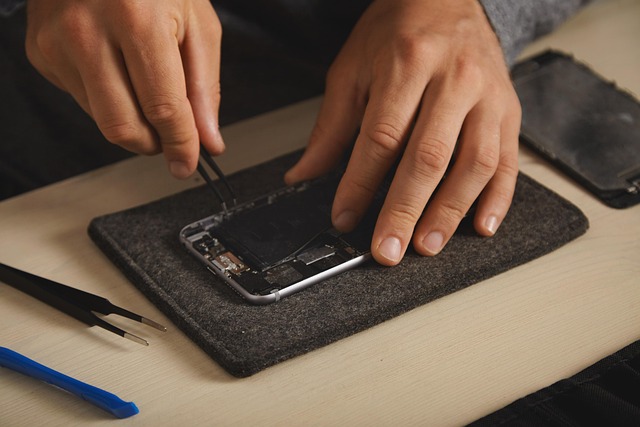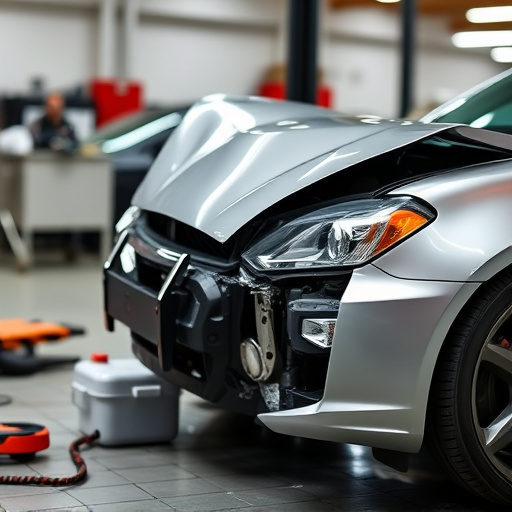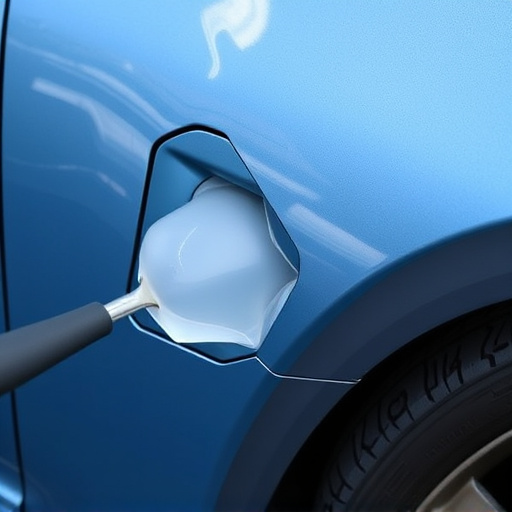Post-repair documentation from a repair quality inspection serves as a bridge between auto workshops and vehicle owners, ensuring transparency and trust. These reports detail work scope, materials, pre/post-repair conditions, fostering confidence in service quality and protecting against disputes. By systematically reviewing these documents, especially for major repairs like auto painting, owners can assess craftsmanship and ensure alignment with industry standards.
After a repair, you often receive a detailed report from your service provider. This document, known as a repair quality inspection (RQI) report, is crucial for understanding the work done and ensuring its quality. This article delves into the significance of post-repair documentation, outlines key components of RQI reports, and provides tips to help you effectively review these documents for your peace of mind, guaranteeing that your repair was completed to a high standard.
- Understanding Post-Repair Documentation Significance
- Key Components Within Repair Quality Inspection Reports
- Effective Reviewing Tips for Your Peace of Mind
Understanding Post-Repair Documentation Significance
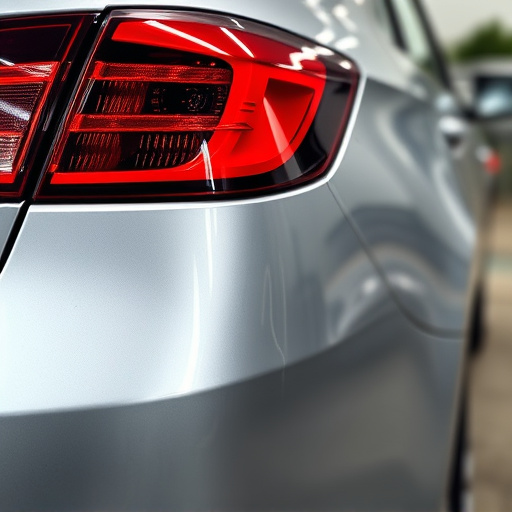
After a repair quality inspection, the documentation you receive plays a crucial role in ensuring transparency and peace of mind for vehicle owners. This post-repair report is more than just a formality; it serves as a bridge between the workshop and the customer, clearly outlining the scope of work carried out, materials used, and the overall condition of the vehicle before and after the repair process. For instance, in auto body services, this documentation can detail everything from minor car scratch repairs to complex classic car restoration projects.
Understanding these post-repair documents is essential as they provide a permanent record of the repair work performed. They enable vehicle owners to verify that their cars have been restored to an acceptable standard, protecting them from potential disputes and ensuring they receive the quality service they paid for. Whether it’s a simple touch-up job or a full-scale restoration, these documents are invaluable in maintaining trust between customers and auto repair shops, fostering a transparent relationship built on confidence.
Key Components Within Repair Quality Inspection Reports

A comprehensive repair quality inspection report is an invaluable tool for both auto repair shops and their clients. These reports serve as a detailed record of the vehicle’s condition before, during, and after the repair process. Key components within these reports include a thorough assessment of the vehicle body repair work performed, with specific notes on materials used, techniques employed, and any deviations from industry standards.
Additionally, the report should capture the extent and nature of the initial damage, such as deep car scratch repair or more subtle cosmetic issues. It should also include before-and-after comparisons, highlighting the shop’s efforts in restoring the vehicle to its pre-incident condition. This level of transparency fosters trust between auto repair shops and their customers, ensuring everyone is on the same page regarding the quality of work delivered.
Effective Reviewing Tips for Your Peace of Mind
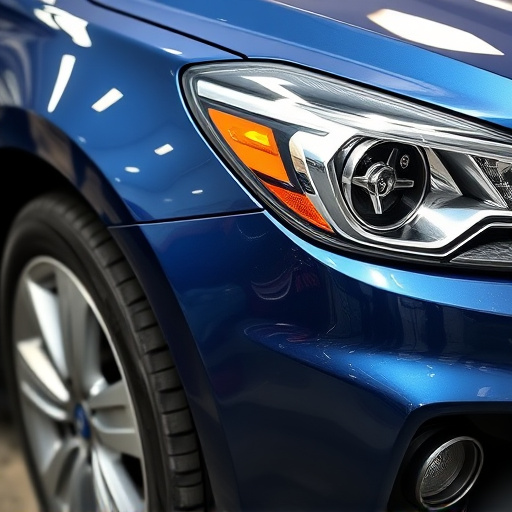
When reviewing the documentation from a repair quality inspection, especially for significant automotive repairs like auto painting or car paint services, it’s crucial to approach the process methodically. Start by familiarizing yourself with the entire report, noting any sections that highlight potential issues or areas of concern. Cross-reference these with your initial expectations and the scope of work agreed upon with the repair shop. This step ensures you have a clear understanding of what was done and whether it aligns with industry standards for automotive repair.
To ensure your peace of mind, focus on key details like dates, materials used, and specific techniques employed during the repair process. For specialized services like auto painting, look for certifications or references to approved paints and application methods. This meticulous review allows you to confidently assess the craftsmanship and quality, giving you the assurance that your vehicle is in excellent hands following its repair quality inspection.
After a thorough repair quality inspection, receiving comprehensive documentation is pivotal. This report serves as a bridge between the inspector’s findings and your understanding of the repairs conducted. By carefully reviewing the key components outlined in this article, you can ensure that all necessary details are captured, fostering transparency and peace of mind throughout the process. Remember, a well-documented repair quality inspection is essential for maintaining the integrity of your property and facilitating informed decisions moving forward.





